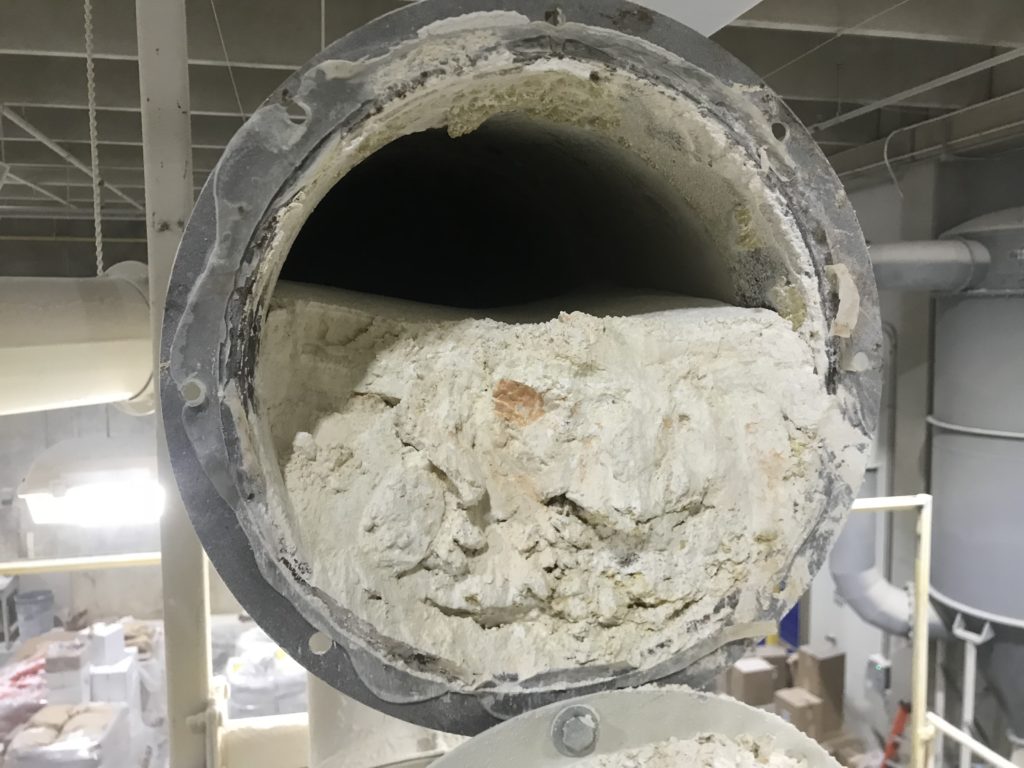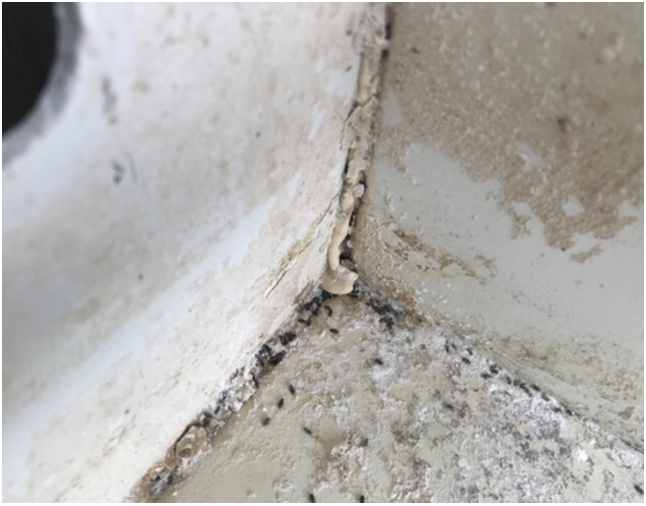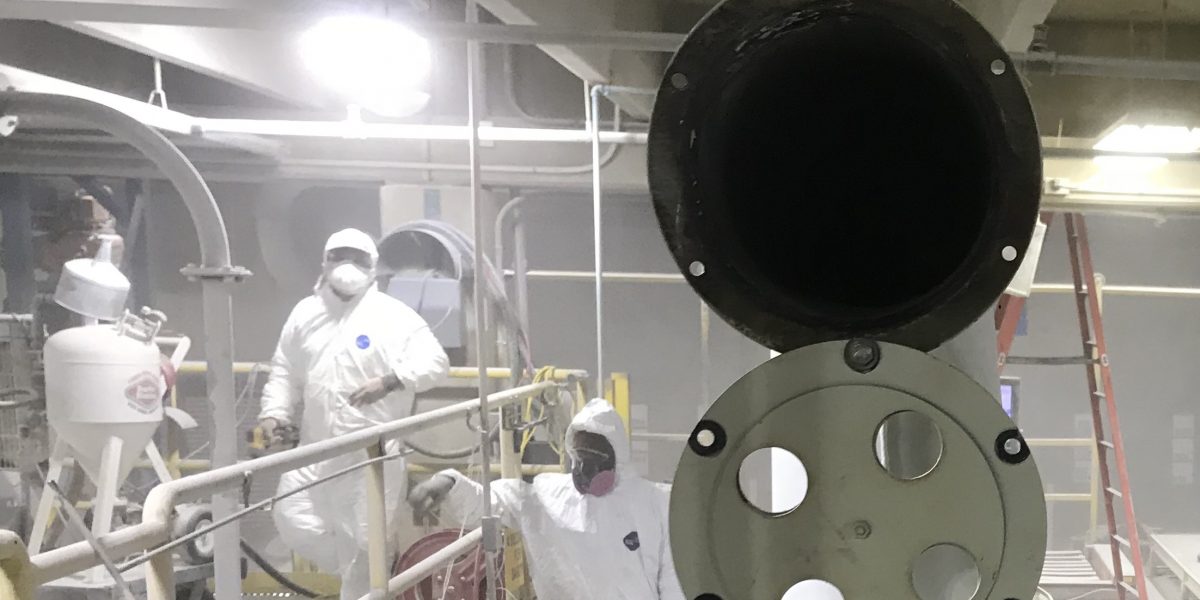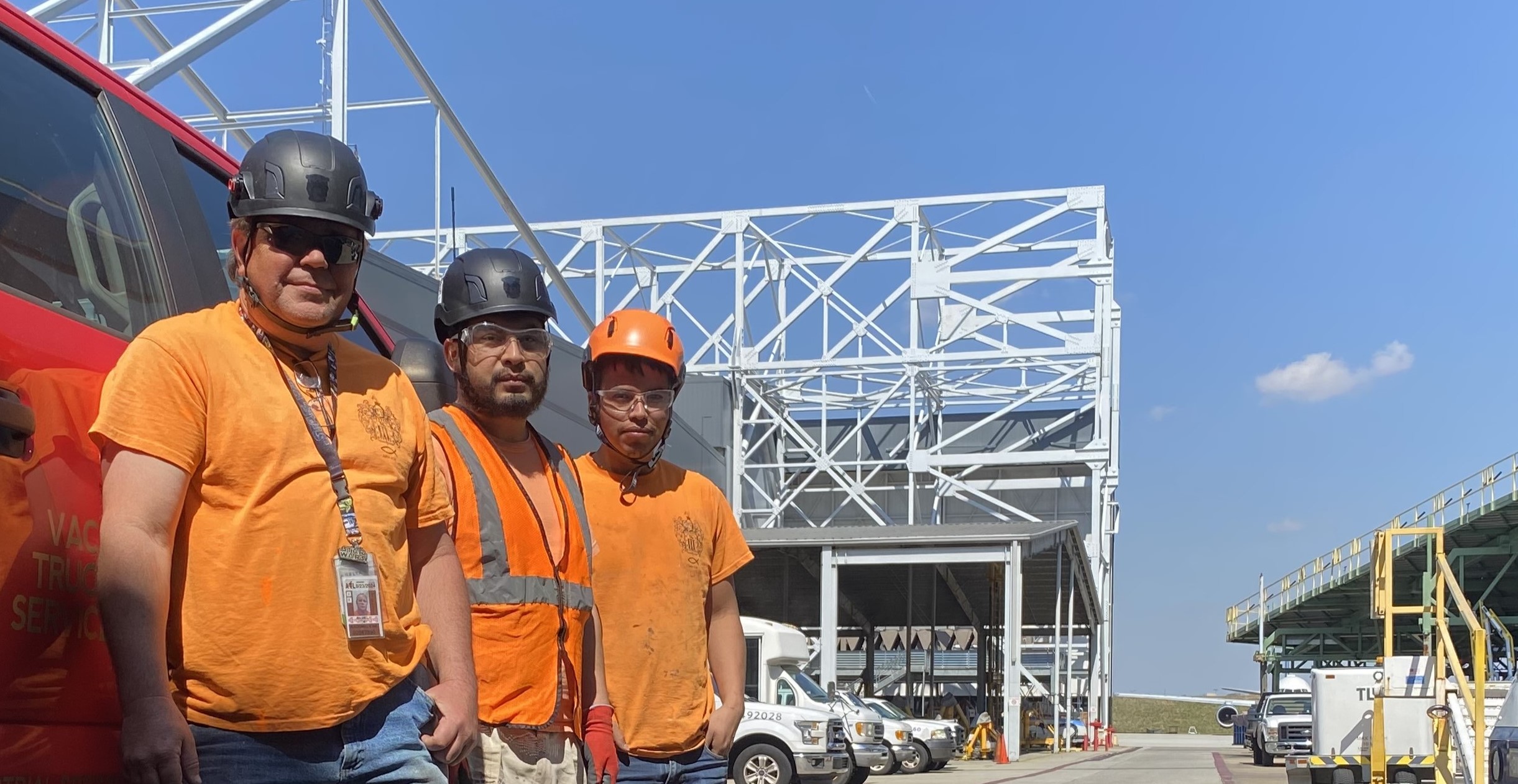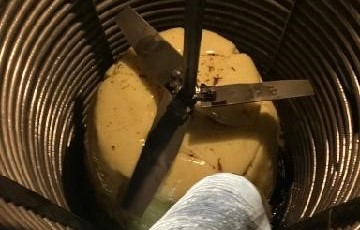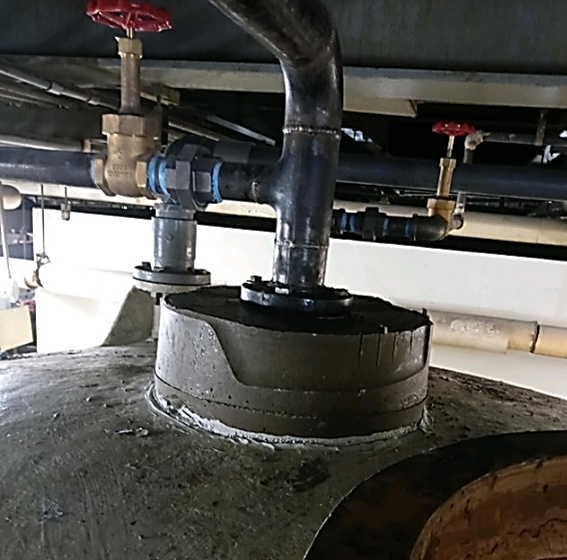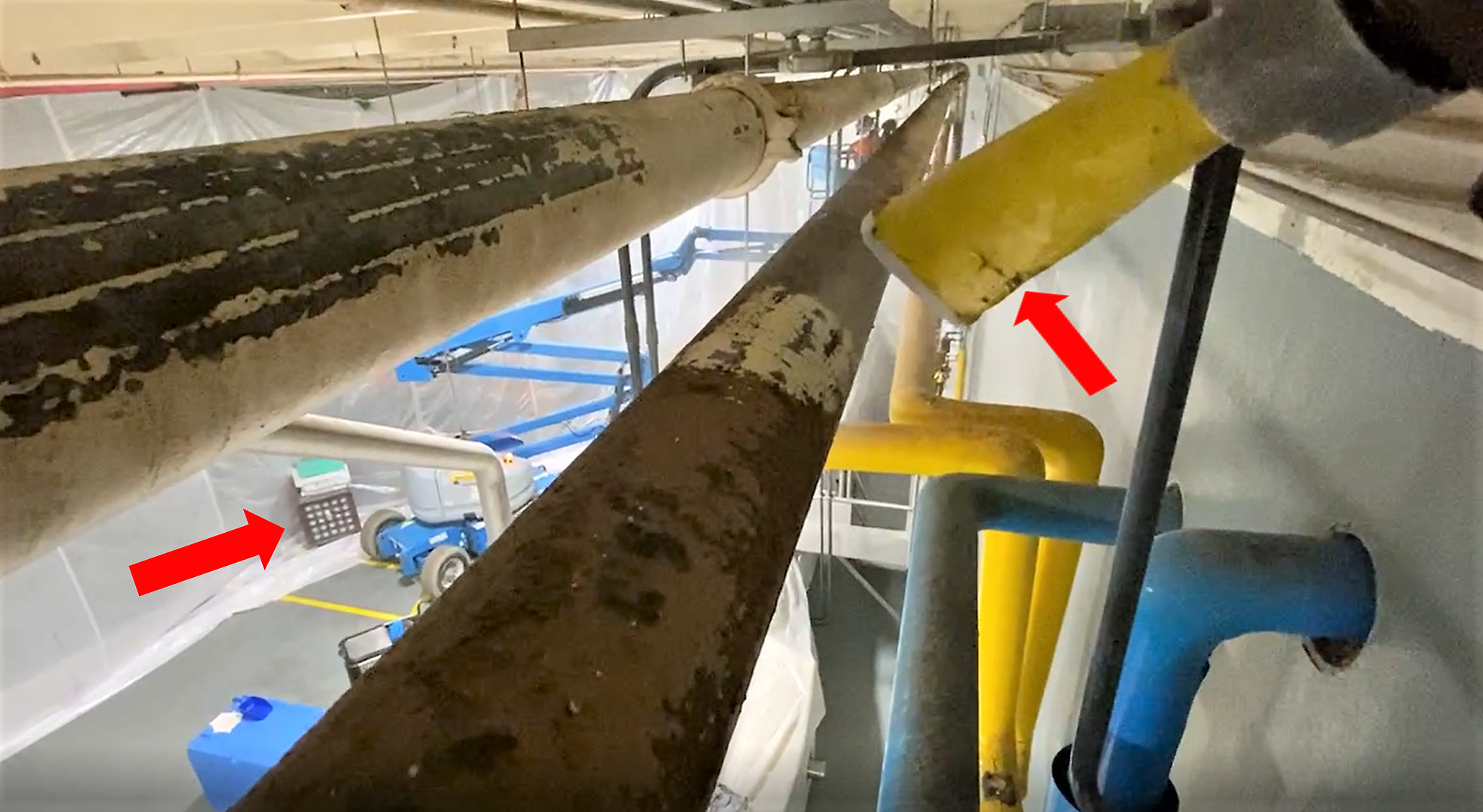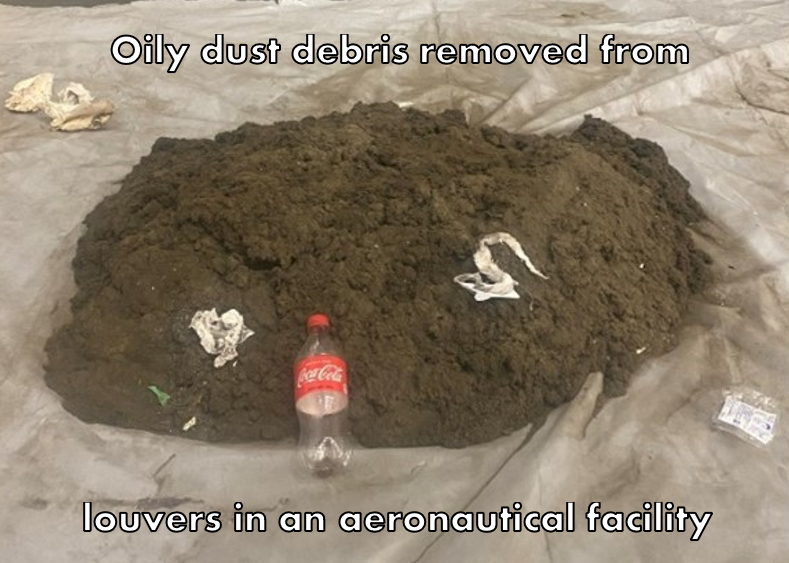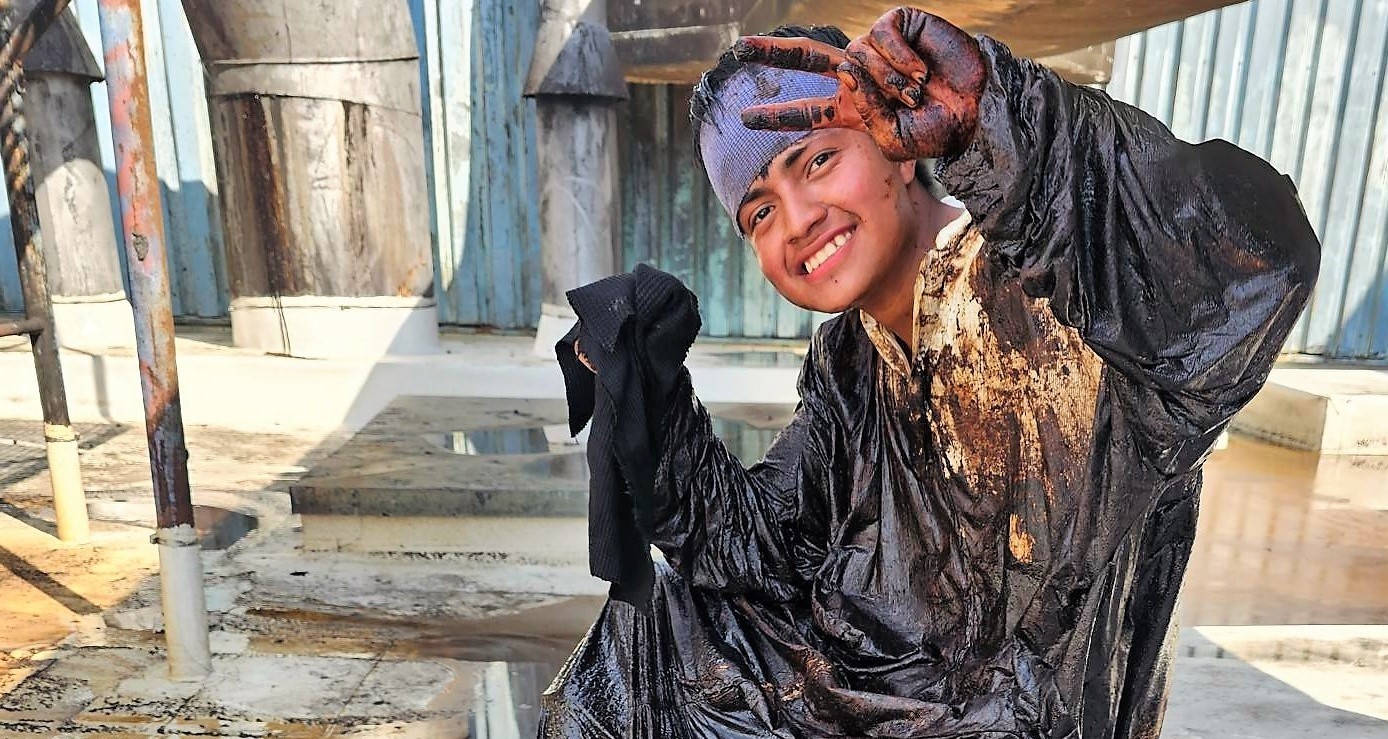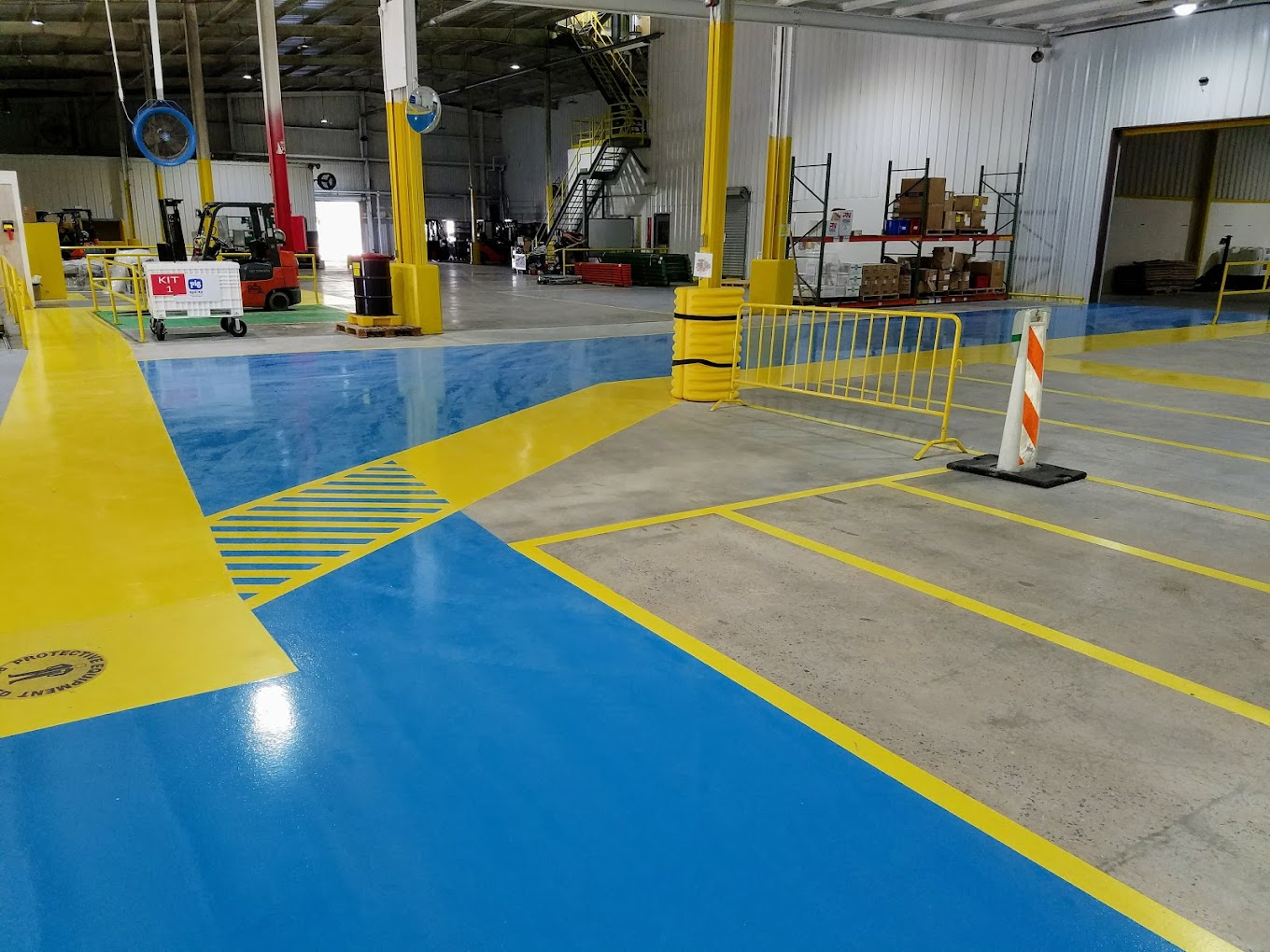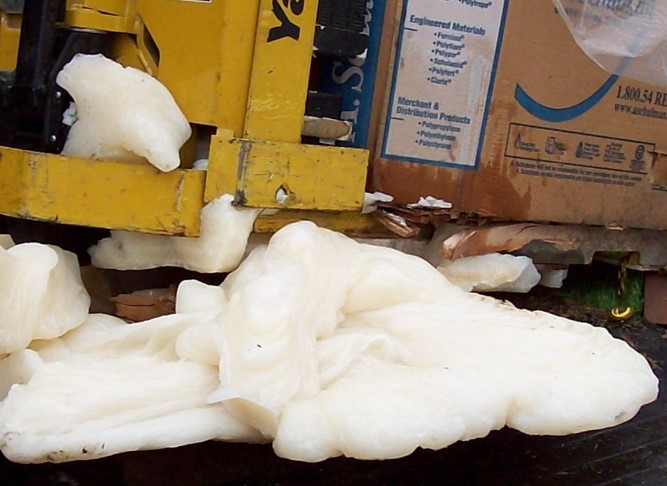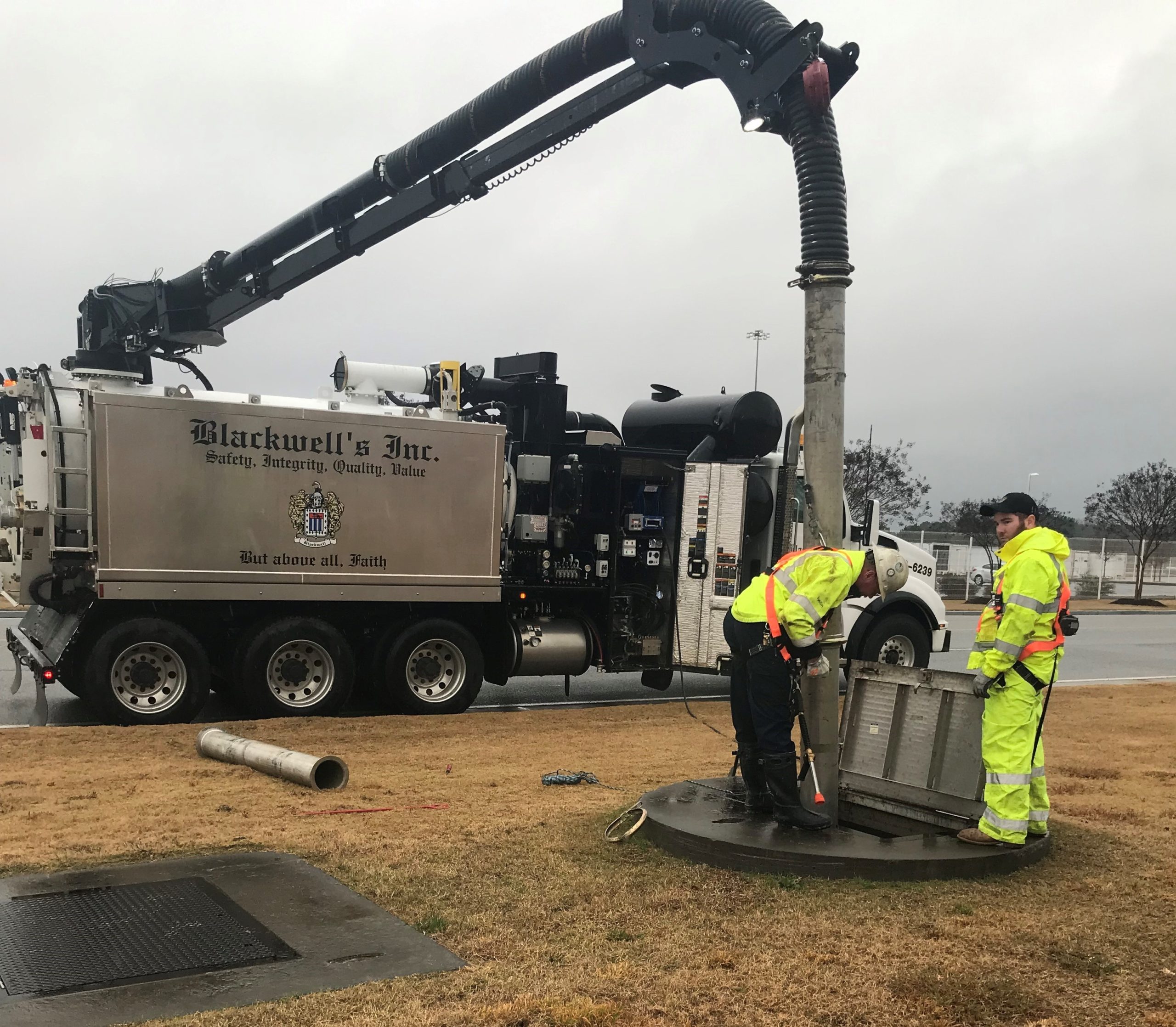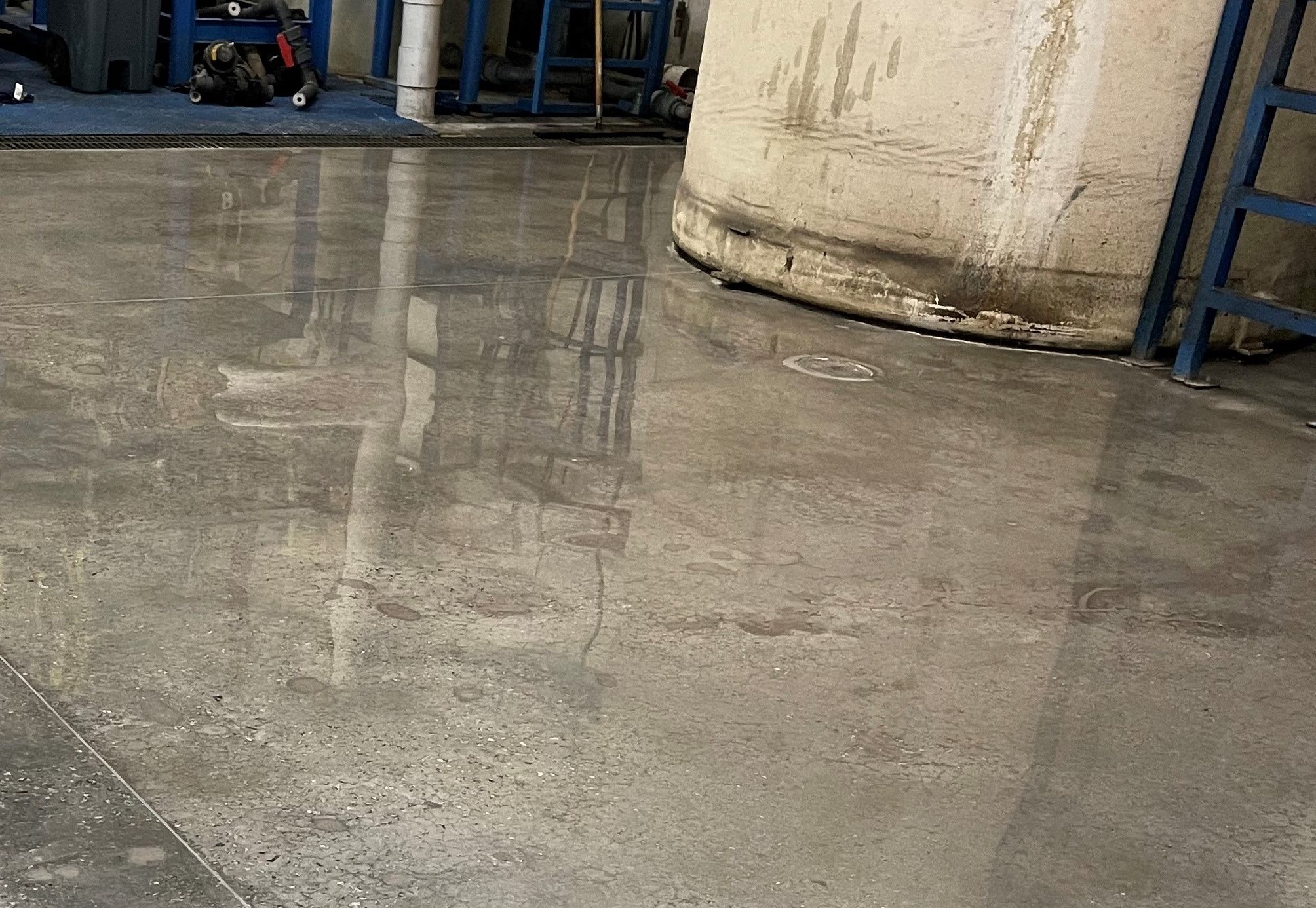It is a series of steps to get our food, produced on the farm, to our kitchen table. At about any step along the way, contamination can occur—at the farm, the processing facility, during distribution, and even in the kitchen.
We all want our food to be safe but sometimes there are mistakes made.
Good Manufacturing Practices or GMP
To help prevent mistakes, the Federal Food, Drug, and Cosmetic Act have guidelines to ensure that food products (and drugs, medical devices, and blood) are safe. These guidelines are known as Good Manufacturing Practice or GMP.
Cleaning and sanitization of industrial facilities and equipment, in compliance with Good Manufacturing Practices (GMP), is essential to prevent contamination of products. GMP compliance is required under the Code of Federal Regulations (21 CFR part 117) for food processors.
Blackwell’s, Inc. follows both GMP and OSHA Standards
In the cleaning and sanitization of food industrial facilities and equipment, Blackwell’s, Inc., follows both GMP and OSHA Standards for General Industry to help ensure a contamination free product and a safe working environment.
We strive to make sure we provide OSHA 10 and 30 hour trained associates that are well versed in GMP standards and use equipment that is cleaned and sanitized for use in these food facilities.
Focus on FOD
Blackwell’s, Inc. spends much time and effort to ensure that our equipment is not a source of contamination or infestation and focuses on FOD (foreign object or debris) prevention within the confined spaces we may enter in these facilities.
Our standards:
- Equipment Cleaning
Food products in contact with processing equipment can become contaminated if the equipment is not kept clean and sanitized. GMP regulations require specific cleaning and sanitizing procedures and documentation. This includes using separate equipment for GMP facilities.
- Environmental Cleaning
- Cleaning of non-food contact areas and surfaces
- Prevents the survival and growth of pathogenic organisms
- Cleaning Process
- Follow specified written procedures exactly
- Cleaning procedures to prevent cross-contamination
- Disassembly (if needed)
- Conventional hot water pressure washing or CO2 Cleaning
- Chemical Cleaning
- Inspection and re-cleaning if necessary
- Sanitizing to kill microbes
- Microbial Control
- Bacteria, Viruses, Fungus
- Sources—people, water, equipment (dirty and wet), raw materials, air
- CO2 decontaminates surfaces of Listeria, Salmonella, E. coli
Blackwell’s, Inc. is committed to ensuring every project is planned, communicated, and executed to guarantee safe, first-time quality, a tightly managed timetable, and attention to cost benefit.
